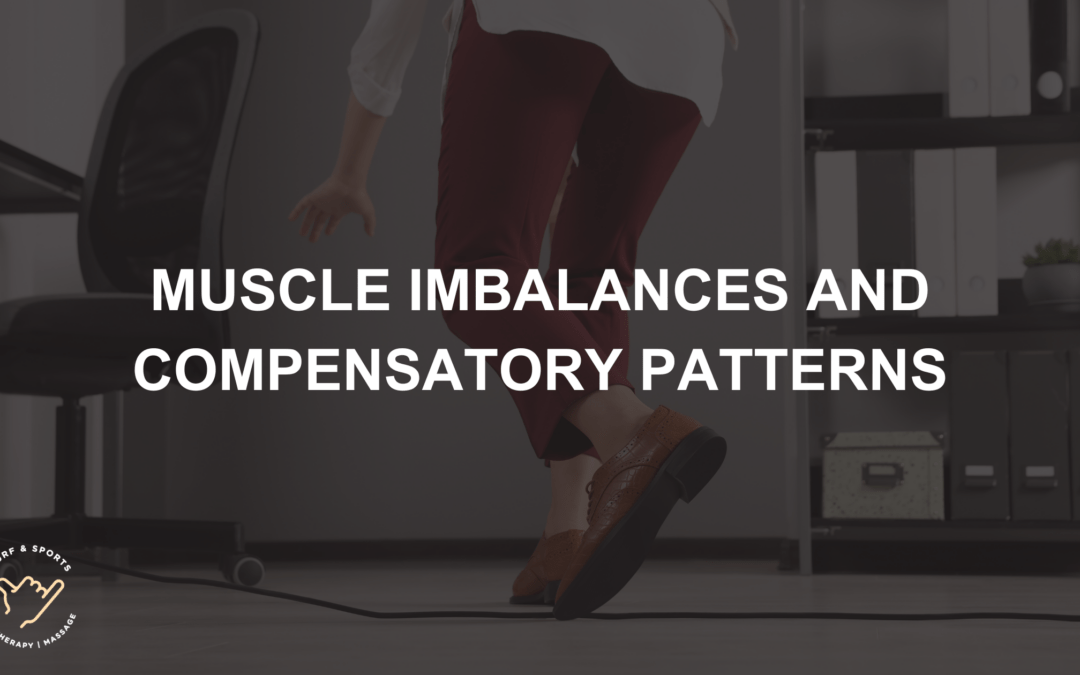Do you struggle with muscle imbalances and compensatory patterns? These issues can lead to chronic pain, limited mobility, and a decreased quality of life. Fortunately, there is a solution: myotherapy. This innovative treatment method offers a holistic approach to addressing and correcting muscle imbalances, providing long-term improvement and lasting relief.
Whether you have postural issues, chronic pain, or are seeking performance enhancement as an athlete, myotherapy can help. It is effective in treating a wide range of conditions, including muscle strains, tendonitis, back pain, frozen shoulders, knee injuries, and more. By using a combination of techniques such as muscle imbalance assessment, postural correction, corrective exercise, and targeted muscle activation, myotherapy not only provides temporary relief but also addresses the root causes of your pain and discomfort.
Myotherapy focuses on identifying muscle imbalances and correcting them through a tailored treatment plan. By addressing the compensatory patterns in your body, myotherapy helps rebalance your muscles, improve mobility, and enhance overall physical well-being. It is a comprehensive approach that aims to restore functionality and alleviate pain, allowing you to move freely and enjoy life to the fullest.
How Remedial Massage Can Relieve Muscle Tension and Pain
Remedial massage is a powerful therapeutic technique that targets both the muscular and connective tissues, providing effective relief from muscle tension and promoting overall relaxation. Whether you’re dealing with muscle pain, myofascial pain, or biomechanical dysfunction, remedial massage can address your specific musculoskeletal needs.
During a remedial massage session, skilled therapists utilize a variety of hands-on techniques to provide targeted relief. These may include remedial and sports massage, passive stretching, myofascial cupping, and myofascial trigger point therapy. By applying these techniques, remedial massage therapists can effectively reduce muscle tension, improve range of motion, release trigger points, and enhance blood circulation.
“Remedial massage focuses on addressing the symptoms of musculoskeletal pain and dysfunction, offering an immediate solution to your discomfort. However, it’s essential to note that myotherapy takes it a step further by addressing both the symptoms and the root cause. So, while remedial massage is valuable for temporary relief, myotherapy offers a holistic approach to long-term improvement.”
Both remedial massage and myotherapy provide valuable strategies for relieving muscle tension and pain. To experience the full benefits, it’s advised to consult with a professional myotherapist or remedial massage therapist who can assess your specific needs and tailor a treatment plan that suits you best. By seeking their expertise, you can effectively alleviate any muscular pain or discomfort you may be experiencing. Don’t let muscle tension hold you back from enjoying your daily activities – take the first step towards a pain-free life with remedial massage.
The Importance of Specific Movement in Correcting Muscle Imbalances
When it comes to correcting muscle imbalances and addressing the root causes of pain and dysfunction, specific movement exercises are essential. These exercises are specifically designed to target the underlying biomechanical mechanisms that contribute to discomfort and compromised movement. By engaging in targeted muscle imbalance exercises, you can improve awareness of the muscles involved and increase strength and endurance through repetitive activation.
Specific movement exercises not only provide relief but also play a crucial role in injury prevention. By strengthening key muscles and improving joint stability, these exercises help reduce the risk of future injuries. Additionally, engaging in these exercises enhances physical performance by creating a stronger muscular structure and improving functional movement patterns.
To ensure long-term recovery and optimal physical well-being, it is important to commit to specific movement exercises. By bridging the gap between pain and potential, these exercises can help you regain your health and mobility. Whether you are an athlete aiming for peak performance or someone looking to alleviate discomfort, incorporating specific movement exercises into your routine can make a significant difference.

